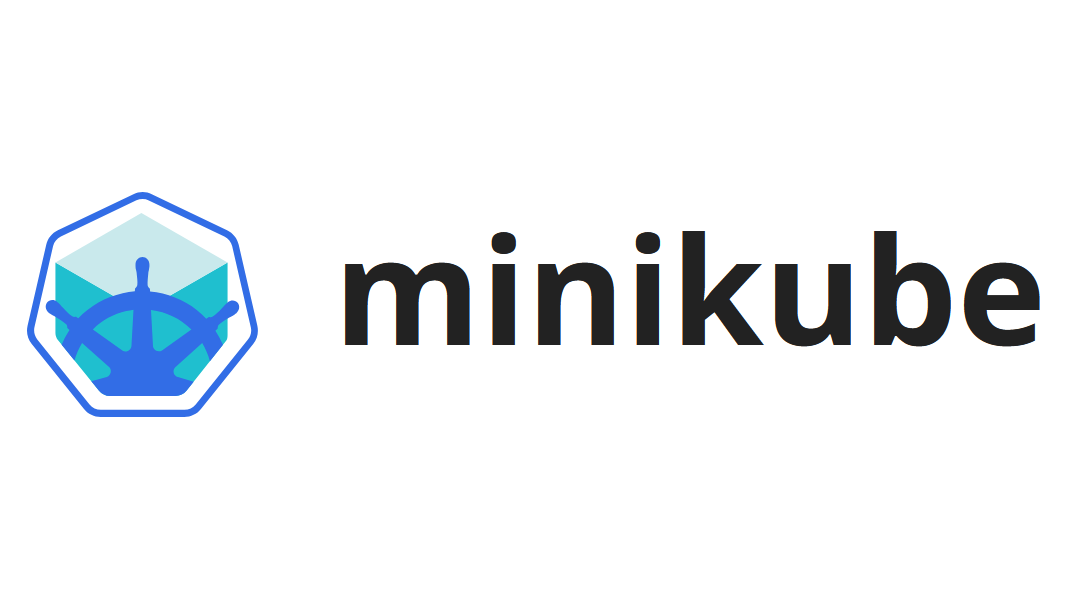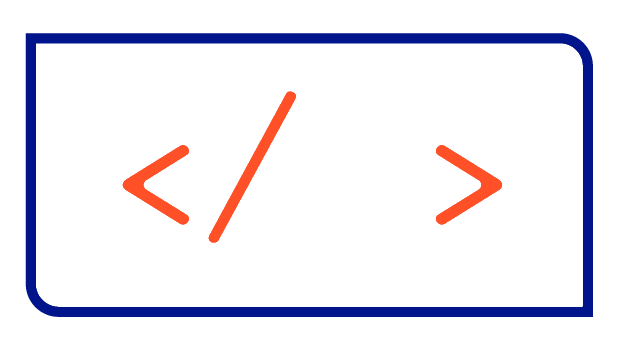A minimal minikube cheat sheet
A collection of commands and tips and tricks for using minikube.

What is minikube?
Minikube is a lightweight tool that enables developers to run a cluster locally on their machine. It's an ideal solution for those looking to learn Kubernetes, develop applications, or test deployments without needing access to a full-scale Kubernetes cluster. With Minikube, users can quickly experiment with Kubernetes features, making it a valuable tool for local development and prototyping.
Minikube profiles
Minikube is able to run and manage multiple Kubernetes clusters at the same time. A Kubernetes cluster in this context is referred to as profile. To define which Kubernetes cluster should be use you can use the --profile / -p flag together with the desired minikube command.
Adding the flag to each command can quickly become tedious, thankfully you can also switch into another profile:
minikube profile <PROFILE-NAME>To display which profile is currently active you can use:
minikube profile listThe output show a column with the active profile:
|--------------|-----------|---------|--------------|------|---------|---------|-------|--------|
| Profile | VM Driver | Runtime | IP | Port | Version | Status | Nodes | Active |
|--------------|-----------|---------|--------------|------|---------|---------|-------|--------|
| cluster1 | docker | docker | 192.168.58.2 | 8443 | v1.30.4 | Running | 1 | * |
| cluster2 | docker | docker | 192.168.49.2 | 8443 | v1.30.4 | Running | 1 | |
|--------------|-----------|---------|--------------|------|---------|---------|-------|--------|Starting a Cluster
The probably most important command is starting - or if it doesn't exist yet creating - a cluster:
minikube startHelpful flags:
--kubernetes-version: The Kubernetes version to use (like v1.30.4). Defaults tostable.--nodes: the number of nodes. Defaults to1.--cpus: Number of CPUs to allocate. Defaults to2. Usemaxto use the maximum number of CPUs.--memory: Amount of RAM to allocate (like4g). Usemaxto
use the maximum amount of memory.
Cluster Lifecycle
You can see the status of a cluster with:
minikube statusStop a cluster, but keep the user data. The cluster can be started again with the start command:
minikube stopDelete a cluster and remove all the user data. The cluster can not be started again:
minikube deleteService interaction
Display all deployed Services and their URL:
minikube service listOpen the service in your Browser:
minikube service <SERVICE_NAME>Node interaction
Retrieve the IP address of the specified node:
minikube ip --node=<NODE_NAME>Retrieve log entries of minikube:
minikube logsYou can also specify which node to get logs for:
minikube logs --node=<NODE_NAME>Minikube Addons
Minikube has support for a lot of addons. See the documentation for the complete list: https://minikube.sigs.k8s.io/docs/handbook/addons.
Display all available addons and if they are enabled or disabled:
minikube addons listEnable an addon:
minikube addons enable <ADDON_NAME>Disable an addon:
minikube addons disable <ADDON_NAME>Use the Minikube Dashboard:
minikube dashboardMinikube CLI
Create completion scripts:
minikube completion <SHELL>Check for updates:
minikube update-checkMore Resources
- Official documentation: https://minikube.sigs.k8s.io/docs
- Complete list of existing commands: https://minikube.sigs.k8s.io/docs/commands




